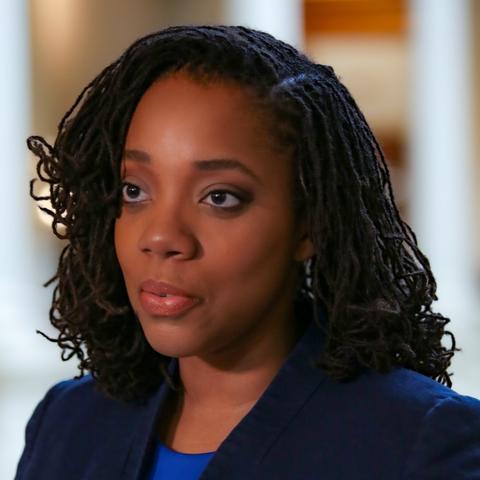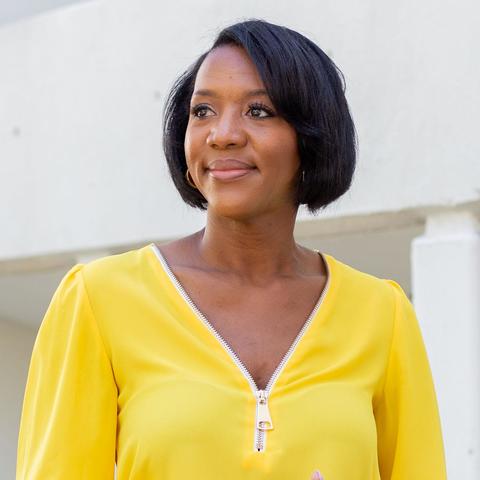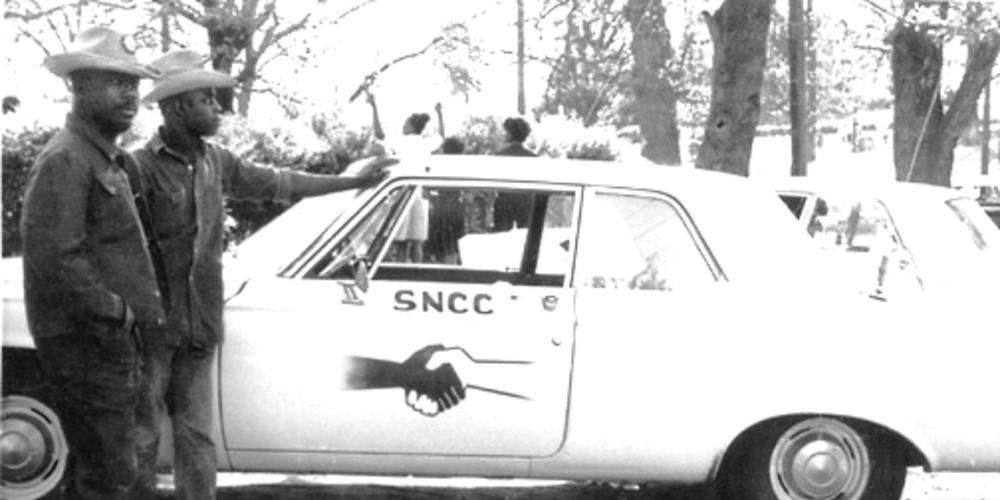
Caption
Hardy Frye and Howard Jeffries standing next to the Holly Springs project’s Plymouth with the SNCC logo painted on the door.
Credit: Frank Cieciorka Collection, crmvet.org
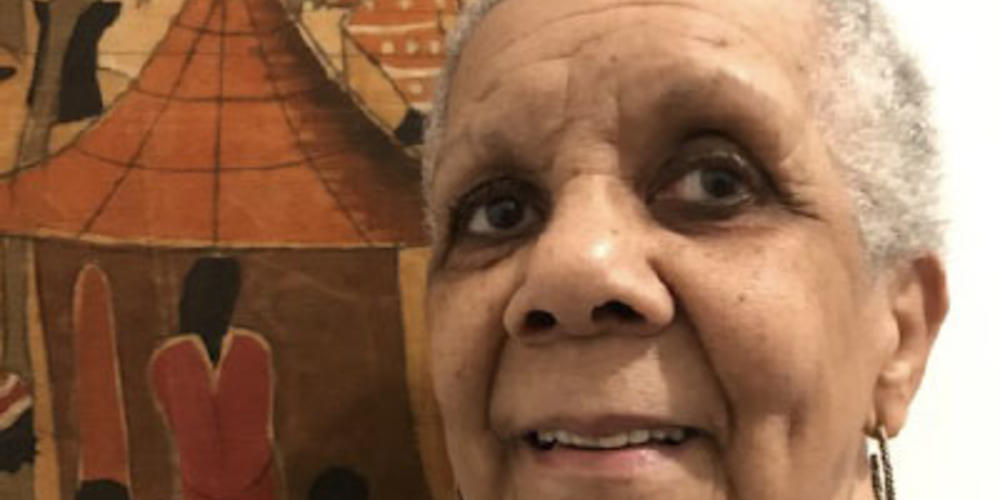
Caption
Freddie Greene Biddle is a legacy member of the Student Nonviolent Coordinating Committee.
Credit: SNCC Legacy Project
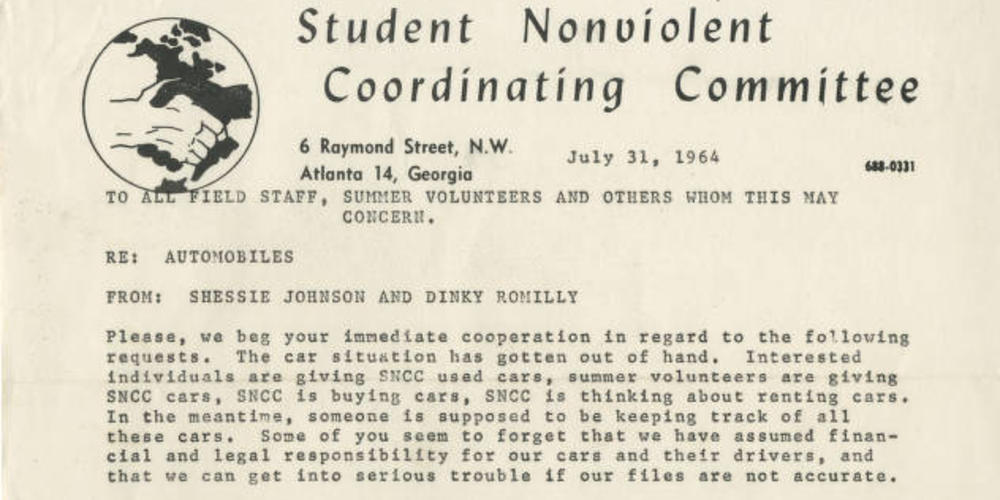
Caption
A Student Nonviolent Coordinating Committee memo from Shessie Johnson and Dinky Romilly re: Automobiles, July 31, 1964.
Credit: Samuel J. Shirah Papers, WHS
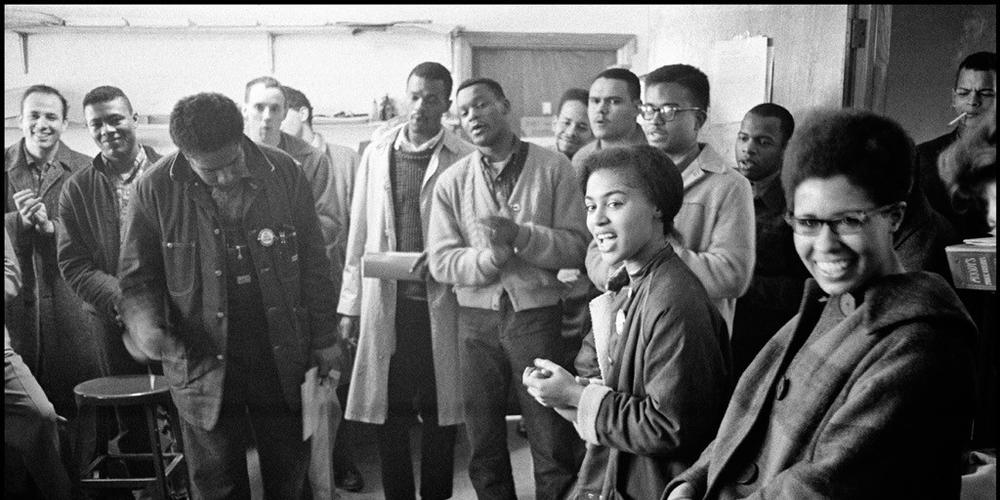
Caption
Judy Richardson pictured clapping in the Student Nonviolent Coordinating Committee's Atlanta office in the 1960s.
Credit: Judy Richardson
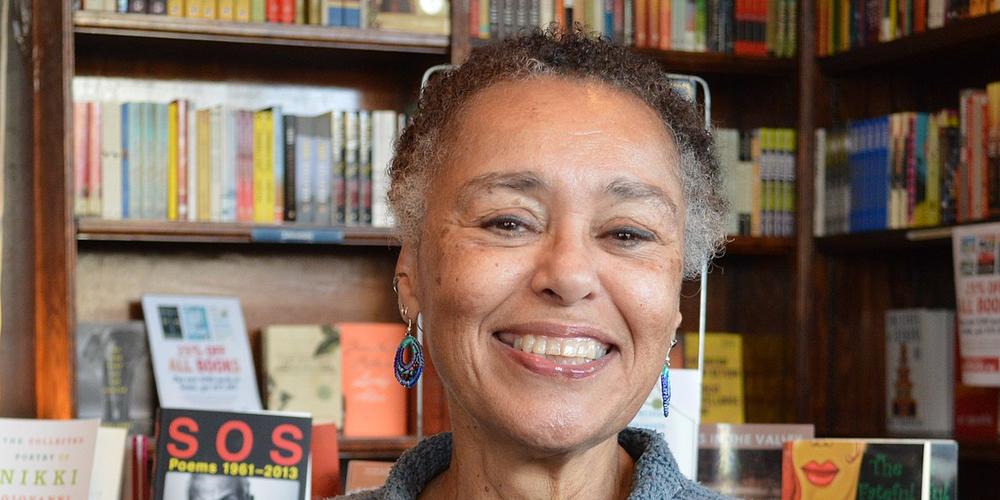
Caption
Judy Richardson is a legacy member of the Student Nonviolent Coordinating Committee.
Credit: SNCC Legacy Project
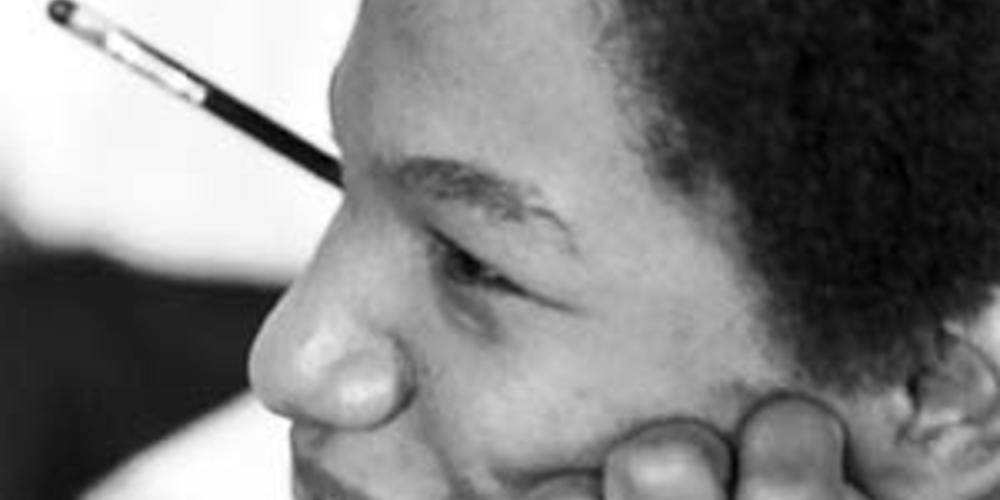
Caption
Photograph of Ruby Doris Smith Robinson, the Student Nonviolent Coordinating Committee's administrative secretary.
Credit: crmvet.org






